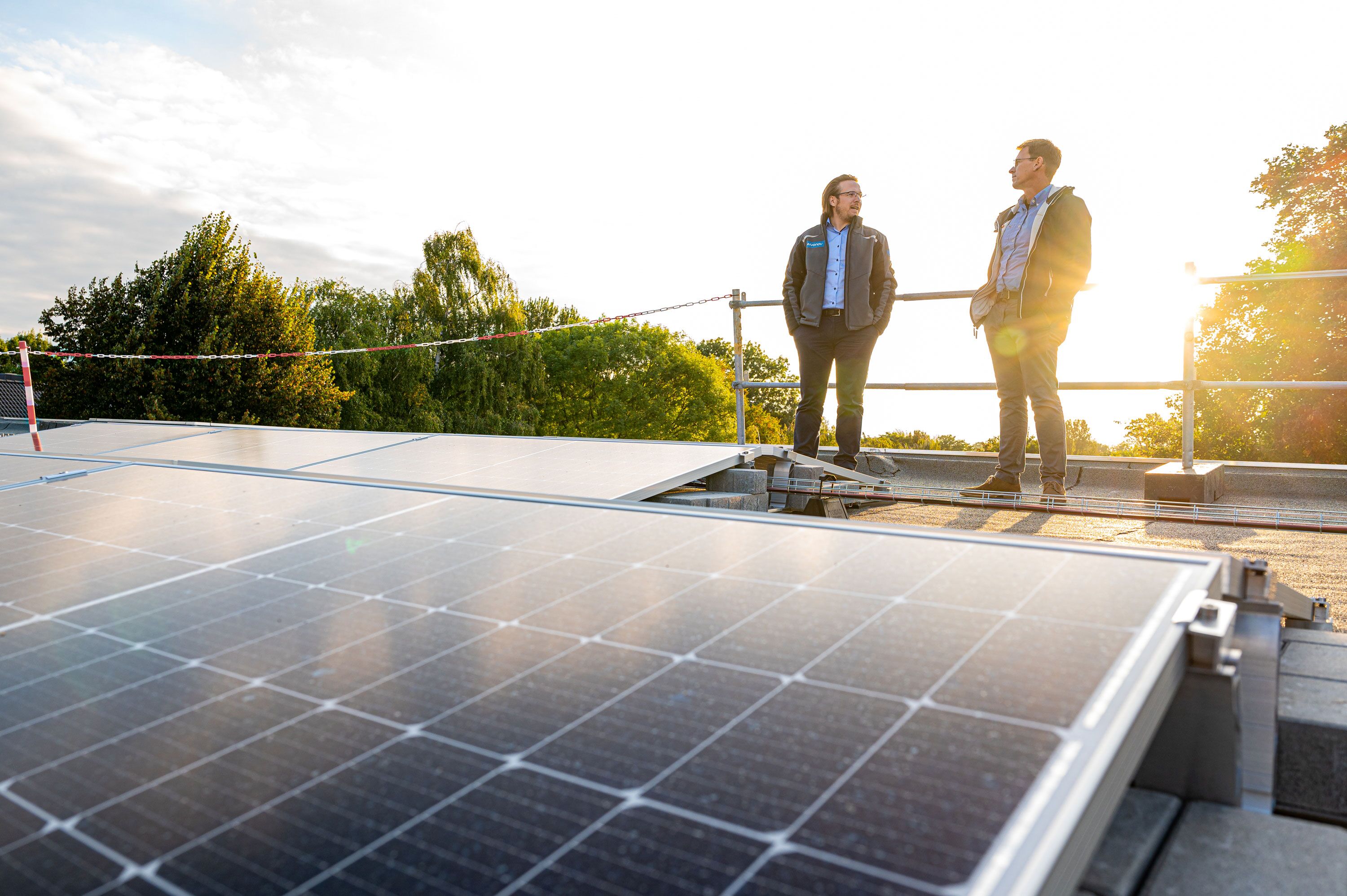Water and Waste
Water Consumption
2023 by Country | |||||||||||||||||
Key Figures | Unit | 2021 | 2022 | 2023 | Germany | Austria | Sweden | ||||||||||
Water Consumption | ESRS E3–4 & GRI 303–5 | ||||||||||||||||
Portfolio 1) | |||||||||||||||||
Water consumption | million m³ | 33.7 | 42.2 | 44.4 | 36.9 | 2.5 | 5.1 | ||||||||||
Water intensity | m³/m² | 1.23 | 1.18 | 1.25 | 1.20 | 1.43 | 1.67 | ||||||||||
Business Operations 1) | |||||||||||||||||
Water consumption 2) | m³ | 67,407 | 48,071 | 47,963 | 46,796 | 794 | 372 | ||||||||||
Water intensity 2) | m³/m² | 0.33 | 0.18 | 0.20 | 0.21 | 0.08 | 0.18 | ||||||||||
- 1)From 2022 incl. Deutsche Wohnen (excl. Care segment and SYNVIA).
- 2)Partially limited comparability due to delayed availability of actual data. Water consumption of office locations in Austria based on extrapolations from the previous year.
Waste Volume
2023 by Country | ||||||||||||||||||
Key Figures | Unit | 2021 | 2022 | 2023 | Germany | Austria | Sweden | |||||||||||
Waste Volume | ESRS E5–5 & GRI 306–3 | |||||||||||||||||
Portfolio 1) | ||||||||||||||||||
Waste volume | t | 307,010 | 403,096 | 371,485 | 322,987 | 21,782 | 26,716 | |||||||||||
of which residual waste | % | 37.2 | 37.0 | 40.0 | 37.3 | 36.1 | 75.4 2) | |||||||||||
of which waste paper | % | 14.9 | 14.9 | 14.3 | 14.8 | 15.7 | 7.0 | |||||||||||
of which recycling 3) | % | 19.9 | 19.0 | 18.3 | 19.0 | 20.2 | 7.7 | |||||||||||
of which organic waste | % | 27.9 | 29.2 | 27.5 | 28.9 | 28.0 | 9.9 | |||||||||||
Recycling ratio 4) | % | 62.8 | 63.0 | 60.0 | 62.7 | 63.9 | 24.6 | |||||||||||
Business Operations 5) | ||||||||||||||||||
Total volume of commercial municipal waste | t | 667.2 | 860.7 | 835.5 | 711.7 | 123.8 | – | |||||||||||
of which recycled commercial municipal waste | % | 35.6 | 35.6 | 40.4 | 43.1 | 25.3 | – | |||||||||||
of which residual commercial municipal waste | % | 64.4 | 64.4 | 59.6 | 56.9 | 74.7 | – | |||||||||||
Other waste 6) | t | 29.0 | 9.7 | 12.4 | 0.7 | 11.8 | – | |||||||||||
- 1)From 2022 incl. Deutsche Wohnen (excl. Care segment and SYNVIA); restatement of 2021 and 2022 figures for Germany due to change in methodology in 2023: Calculation from 2022 onwards based on statistical data from Destatis.
- 2)Reflects residual waste incl. bulky waste and incineration for energy generation.
- 3)Region Germany and Austria: Glass, packaging, metals, wood, plastics, textiles. Region Sweden: Material from recycling centers and packaging waste.
- 4)Calculation of recycling rate via share of waste generation in tons. The recycling rate takes into account not only the volume of recycled waste but also the reusability of waste paper and organic waste.
- 5)From 2022 incl. Deutsche Wohnen (excl. Care segment and SYNVIA). No survey for the Sweden region to date.
- 6)Other waste includes bulky waste, wood, iron and steel.


